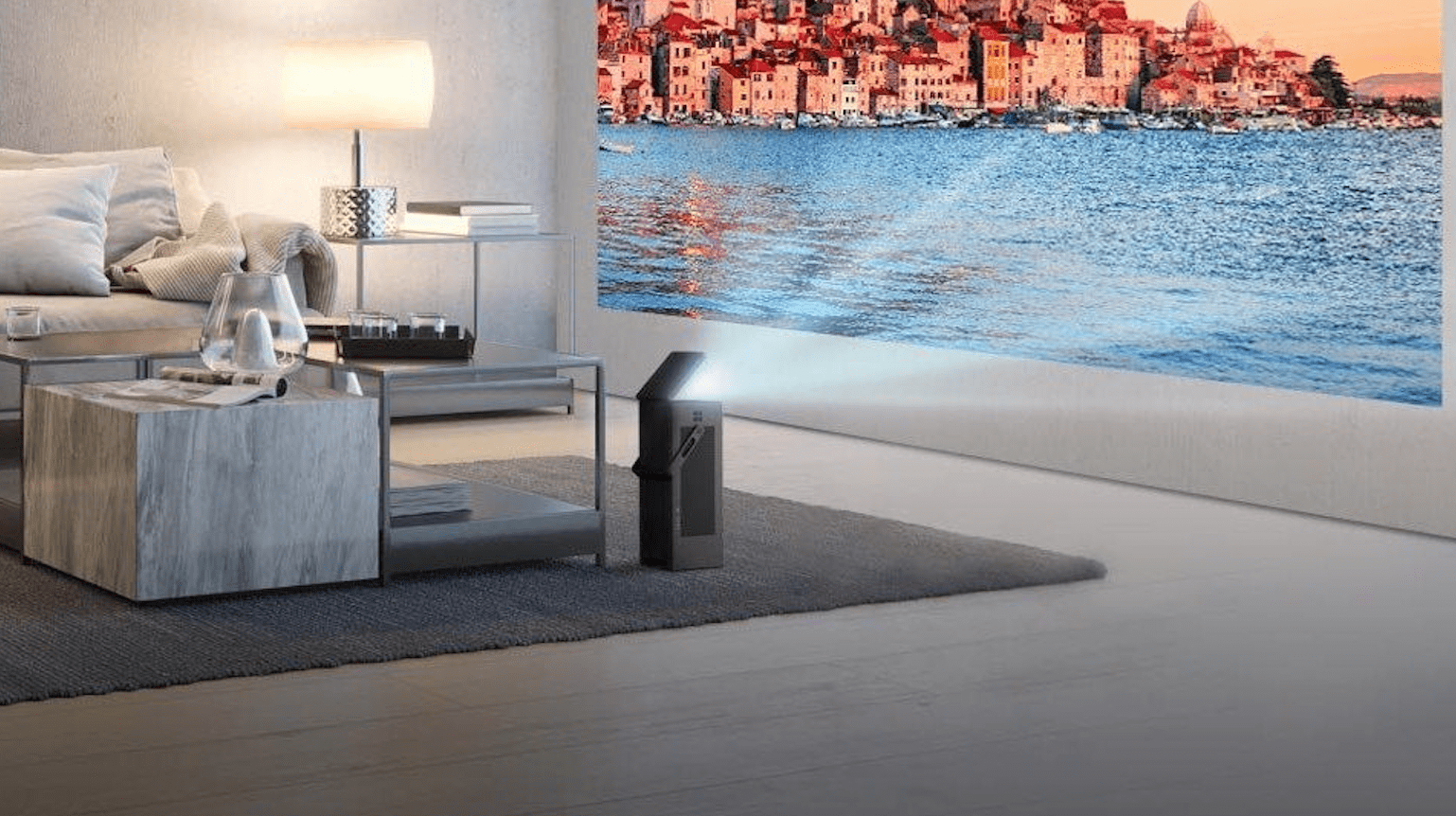The technical characteristics of a projector may be completely different depending on whether it is used professionally or as a home theater. However, it is not necessary to be a specialist to make the right decision, because we offer this advice to purchase video projectors to help you solve it.
The perfect projector does not exist. The best projector will be the one that best suits your needs and budget. So let’s see how to choose the best 4k projectors based on the use you are going to give it. Here we will tell you some essential features that you must consider before buying a projector.
Projection technologies
Contents
DLP technology is the most popular and affordable in terms of price/performance ratio. However, it lacks contrast peaks, and some sensitive people can see very annoying effects of AEC (rainbow). The LCD and the LCOS, on the other hand, offer exceptional image quality but remain expensive and expensive.
Finally, LED technology is less bright but more durable and versatile. It equips, in particular, the transportable projectors.
Format and resolution
The most common format for home use is 16: 9, and the resolution ranges from HD (1280 x 720) to 8K for the most exceptional. Full HD seems to be the minimum at this time, and it must be taken into account that Ultra HD is still a resolution in development and that many 4K projectors do not have this resolution natively.
Brightness
Always expressed in Lumens, the figure shown is the light output of the projector lamp. Therefore, the brighter the projector is, the more it can compensate for the ambient brightness, and the better the images will be when projected in a bright room. An average of 2,000 lumens is a brightness suitable for home theater use.
Contrast
This is undoubtedly one of the most important features to enjoy or not a unique film experience. Of course, the overall impression will always depend on the ambient light. Also, the figures given by the manufacturers cannot be used to compare the models, since their measurement bases may be different. To help you, therefore, rely on product testing.
The projection ratio
It is the relationship between the distance of the screen and its width. Short or ultra-short focal length projectors have a projection ratio of less than 1, indicating that they can be placed very close to the screen and offer a wide diagonally. The relationships between 1 and 2 are the most common; for example, a ratio of 1.5 indicates that positioning at a distance of 3 m can provide a screen 2 m long.
Finally, a long focal length requires the projector to be placed behind the viewer at a good distance.
Corrections and image adjustments
In addition to the conventional zoom, focus, or keystone correction (keystone correction), the lens shift is a good option to position and align the screen without compromising image quality. The lens shift is an optical correction that allows you to move the image horizontally or vertically without having to touch the position of the projector.
Connectivity
With the multitude of content sources available today, the projector must have the necessary connectors to wire or pair the first. While HDMI is the necessary minimum, connections with mobile phones or tablets require specific standards that differ depending on the device (Miracast, MHL, HDMI Lightning …). The wireless connection is also possible thanks to the Wi-Fi or Wireless modules.


